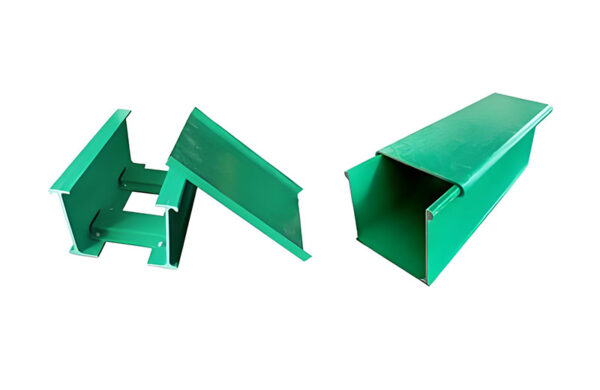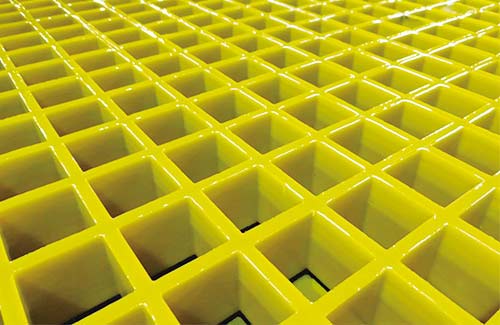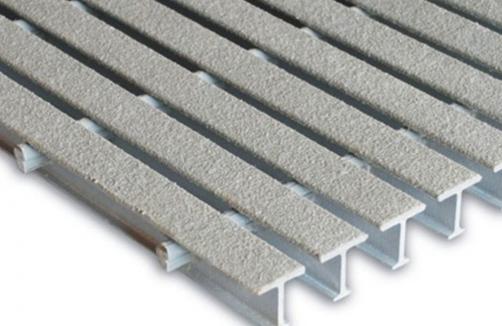FRP Grating Deflection Limit L/360: Engineering Guidelines and Best Practices
What exactly is the L/360 deflection limit for FRP grating, and why has it become the industry standard for structural evaluation? This seemingly simple ratio represents the maximum allowable deflection as a fraction of the span length, ensuring both safety and functionality in various applications.

Why is the L/360 standard particularly critical for FRP grating installations? Unlike metallic alternatives, FRP materials exhibit different elastic properties and creep behaviors. The L/360 criterion provides engineers with a reliable benchmark for predicting long-term performance under load, preventing excessive sagging that could compromise safety or create trip hazards.
How do engineers accurately calculate whether their FRP grating selection meets the L/360 requirement? The process involves determining the maximum expected live and dead loads, applying appropriate safety factors, and consulting manufacturer load tables. Advanced finite element analysis (FEA) software can also simulate performance under various conditions to verify compliance before installation.
What challenges do professionals face when implementing the L/360 standard in practice? One common issue is balancing deflection limits with cost-effectiveness, as meeting stricter requirements may necessitate thicker or more closely spaced gratings. Environmental factors such as UV exposure, temperature fluctuations, and chemical exposure can also affect long-term deflection performance, requiring careful material selection.
In my experience across numerous industrial projects, I’ve found that proper installation techniques significantly impact whether FRP grating actually performs to the L/360 standard over its lifespan. Many installers overlook the importance of proper support spacing and connection methods, which can lead to premature failure regardless of the product’s inherent capabilities.
What best practices should engineers and contractors follow to ensure optimal performance? First, always consult the manufacturer’s technical data for specific deflection characteristics. Second, consider the cumulative effect of multiple loads and dynamic forces in high-traffic areas. Third, implement regular inspection protocols to monitor for creep deformation that might exceed the original L/360 limit over time.
The L/360 standard remains a cornerstone of FRP grating engineering, providing a measurable benchmark for safety and performance. By understanding both its technical implications and practical implementation considerations, professionals can make informed decisions that balance structural requirements with economic realities, ensuring durable, safe, and cost-effective solutions for a wide range of industrial applications.







